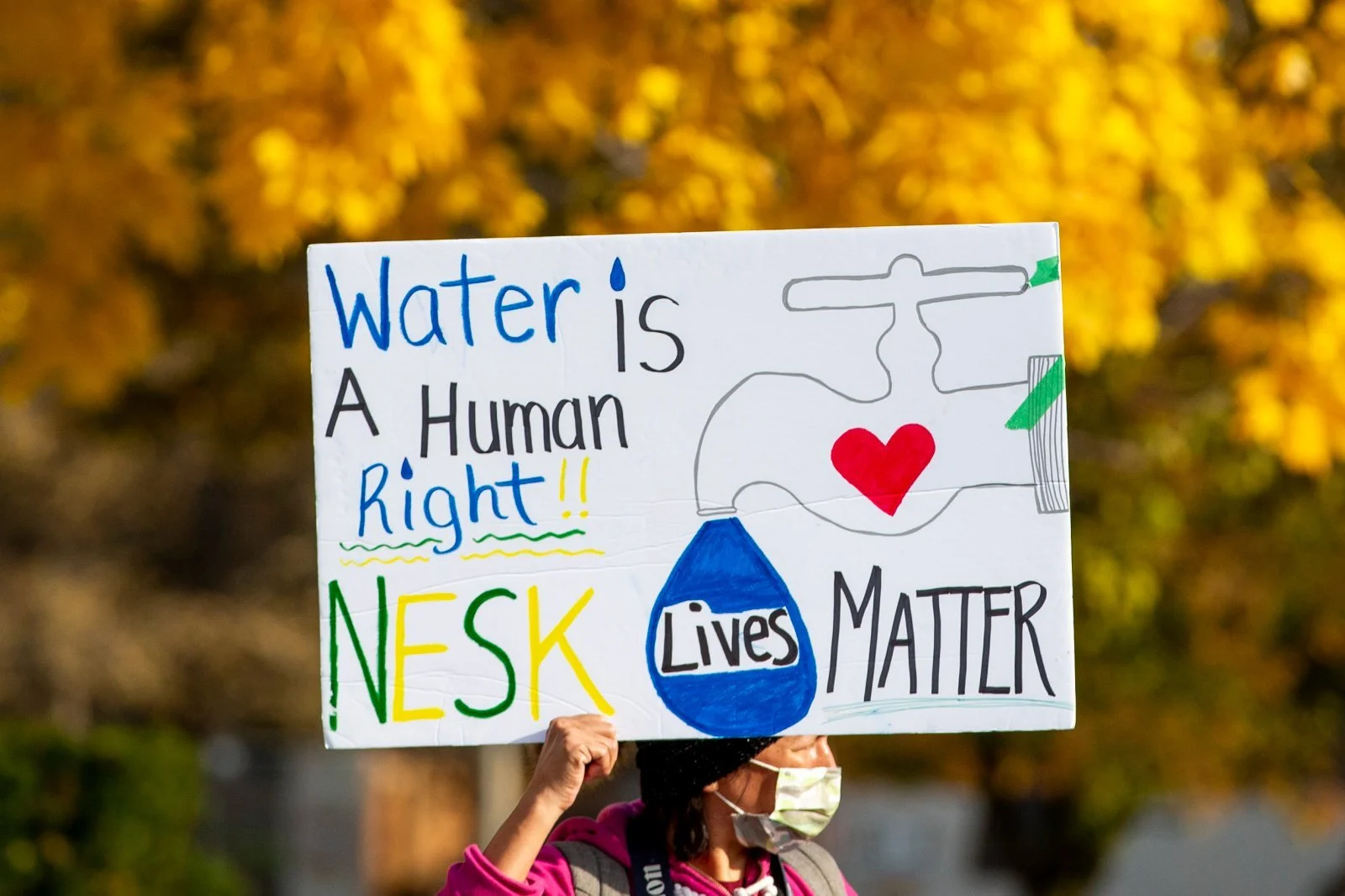While flood water from Whiteman’s Creek on Okanagan Indian Band land, near Vernon, B.C., have receded, the waterway is still running very high and the evacuation order for adjacent homes was expanded overnight. Megan Turcato has more on the damage already done and why the area isn’t out of danger yet.
Evacuation order issued in northern Okanagan as Whiteman's Creek overflows
Residents of several properties in B.C.'s North Okanagan were ordered to evacuate their homes as a nearby creek overflowed Tuesday. Officials say they're concerned about the flood risk associated with Whiteman's Creek, close to where it empties into Okanagan Lake about 70 kilometres north of Kelowna, B.C. According to the Okanagan Indian Band, which issued the evacuation order, residents on the south side of Falcon Avenue, adjacent to Whiteman's Creek, must leave their properties immediately. This includes people living at addresses 161 to 195 Falcon Avenue, as well as Nos. 54 and 55.
Multi-million water system upgrade improves safety, quality for OKIB
The Okanagan Indian Band has completed a major upgrade to its water system. The Six Mile/Bradley Creek system has been improved by upgrading wells, expanding and updating the water treatment system, and doubling reservoir capacity. The system has also been connected to the band’s Irish Creek/Head of the Lake system, which received two new larger reservoirs and a control station. OKIB Public Works & Housing director Jolene Vincent says each reservoir has doubled its capacity, from 400 to 800 cubic square metres each. The community using the Six Mile system had been under a water advisory since May 2019 due to elevated manganese levels in its water. This meant it wasn't safe for pregnant women or children under two.
Efforts underway to retrieve cattle from Okanagan Lake after they plunged through ice and drowned
"We're working with the Ministry of Environment on what steps to take ... We need to make sure it's handled properly as it's a safety issue. And we don't want to have any impact on drinking water." The loss of that many cattle "is a huge loss for any rancher," the chief added, and the recovery has a limited window to happen before it could potentially impact water quality and also before the carcasses are no longer suitable to go to the rendering plant.
Calgary mural coined 'Bownessie' tells fictional story of creature found in Bowness lagoon
The article described the catch as an "Ogopogo," which is a gibberish word derived from nx̌ax̌aitkʷ in the Syilx language — pronounced "n-ha-ha-it-koo" — meaning "something in the water," according to Chief Byron Louis of the Okanagan Indian Band, one of the seven communities of the Syilx Nation in B.C. The mystical creature's name and story carry religious meaning to the Syilx Nation and is believed to inhabit Okanagan Lake.
How colonial systems have left some First Nations without drinking water
Rebecca Zagozewski, executive director of the Saskatchewan First Nations Water Association, said she has seen contractors save on costs when building water treatment plants on reserves by using obsolete parts and failing to include maintenance manuals, ventilation or chemical rooms, and bathrooms. “Engineering companies will put in their bids obviously as low as they can go,” said Zagozewski.
Water project a first in Canada
The first Indigenous owned and operated water utility in Canada developed by way of public-private-community partnership is a step closer to reality in the North Okanagan. A formal agreement has been signed between the Okanagan Indian Band Group of Companies, EPCOR and Enterprise Canada. The companies will identify commercial opportunities in utilities-related infrastructure, including water, wastewater and irrigation management, to provide quality drinking water and ensure adequate firefighting supply to serve the OKIB reserve lands.








